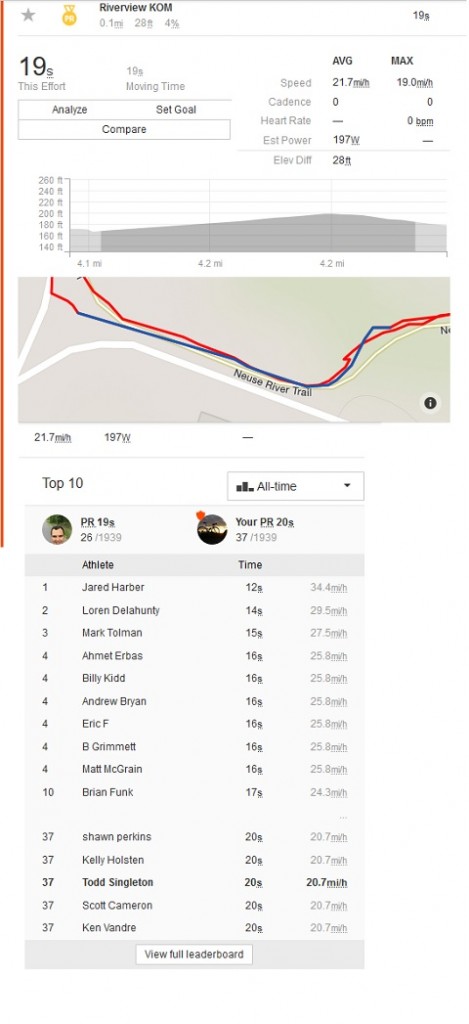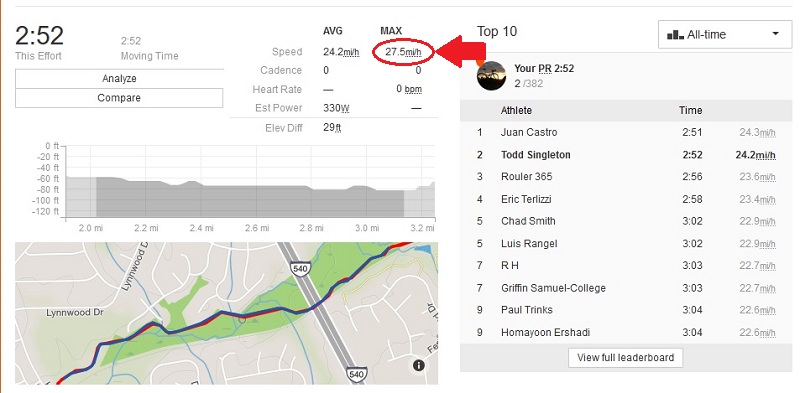It seems commercial customers of major telecommunications companies (that would be most American businesses) are now mostly subject to the carriers collection of the cost of their required contribution to the Federal Universal Service Fund. This is a fund that is supposed to reimburse or pad the cost of telecommunications expansion into rural areas where service would often not be available due to profitability in the market. So let’s first define how absurd this fee is to begin with.
Say we have a small rural community area 100 miles from their nearest metropolitan neighbor. It has a population of less than 800 people and no local ISP’s or broadband providers. A telco carrier (Time Warner, AT&T, Comcast, Windstream) may not find a return on investment to run fiber lines into this community so many miles from their nearest C.O. (central office). If there is a close breaking point for profitability, over the course of say 5 years, the carrier may choose to build the infrastructure for service but then seek a subsidy from the Universal Service Fund. So the money from the fund pads the carrier until a term of profitability can be reached.
All well and good to insure rural areas can get high speed broadband. If that were actually happening. Truth is that even with USF subsidies available most carriers are skipping out on rural infrastructure development, leaving most of these areas at the mercy of satellite broadband services that are expensive and still prone to latency. Then comes the revenue generator created by industry and FCC, i.e. government, collusion: The FUSF Administrative Fee.
This fee is passed on by the carriers to consumers and companies for the “cost of collecting” the carriers required contribution to the fund from their customers. It ranges by carrier, while not likely arbitrary it is left up to the individual carriers calculations. A calculation I’d imagine surpasses the actual “cost” of collection which is left to a programmed formula in an ERP or accounting system to be places on invoices.
The FCC’s website titled “Understanding your telephone bill” implies carriers cannot charge more than the percentage cost of their contribution to the USF for interstate customers, typically businesses.
https://www.fcc.gov/consumers/guides/understanding-your-telephone-bill
“Companies cannot collect an amount that exceeds the percentage of their contribution to the USF”.
But what about the “Administrative USF Fee” put in place by almost all major carriers now? Verizon charges .41% of the total bill. AT&T, the worst offender, charges .88%. For clarification as to how this could not be considered a cost that “exceeds the percentage of their contribution to the USF” I inquired with the FCC. Here is my original email and their response. Notice their response has no way for a consumer to make an inquiry. This is a pinnacle example of corporate backed government bureaucracy. It’s also a clear example of why we need to get industry insiders out of regulatory oversight and make sure no one in government can become beholden to later opportunities in industries they are supposed to be regulating.
From: Todd Singleton
Sent: Monday, October 17, 2016 11:51 AM
To: FCC504 <FCC504@fcc.gov>
Subject: USF Collection Fees
On the following FCC web site titled “Understanding Your Telephone Bill” you have a section regarding Universal Service Fund contributions by carriers. It is widely known many carriers pass this cost on to customers however, I am looking for clarification on the “Administrative Fee” carriers add to the bill for the cost of collecting this fund contribution from customers. https://www.fcc.gov/consumers/guides/understanding-your-telephone-bill
On the page you have the following comment:
“Companies cannot collect an amount that exceeds the percentage of their contribution to the USF”.
By passing through the administrative cost of collections are they not doing precisely that? Please clarify the position of the FCC on the matter of this administrative collection cost for USF contributions and since no limit or percentage is defined on this administrative fee how it is not, in fact, “an amount that exceeds the percentage of their [the carriers] contribution to the USF”.
Thanks
Todd Singleton
The bureaucratic response. Apparently a call is required to make “inquiries”:
To be more responsive to your comment, inquiry , or complaint, we direct your attention to the options below. Not sure I’ll ever want an answer bad enough to call the FCC.
By following the steps below for comments, complaints, or inquiries, we will begin to act on your communication right away:
If you would like to file a COMMENT in a PROCEEDING, please visit our Electronic Comment Filing System (ECFS) at http://apps.fcc.gov/ecfs/hotdocket/list and follow the instructions on the page.
If you would like to file a COMPLAINT about a telecommunications related service, please visit our consumer complaint page at https://consumercomplaints.fcc.gov/hc/en-us . From this page, you will directed through a series of prompts to a specific complaint form, which you can fill out and submit to the FCC. Submitting your complaint on one of our complaint forms insures that we have all the information we need to process your complaint, and will also shorten the time you will have to wait to receive a response from the company or entity you have a complaint about.
If you would prefer, you can also submit your complaint over the telephone, by calling our consumer call center at 1-888-CALL-FCC (1-888-225-5322) or 1-888-TELL-FCC (1-888-835-5322).
If you would like to make an INQUIRY into an FCC policy, or have general questions that the FCC might be able to answer, please call our consumer call center directly at 1-888-CALL-FCC (1-888-225-5322) or 1-888-TELL-FCC (1-888-835-5322).
Thank you for contacting the Federal Communications Commission.
Can you smell the fleecing? It burns!



